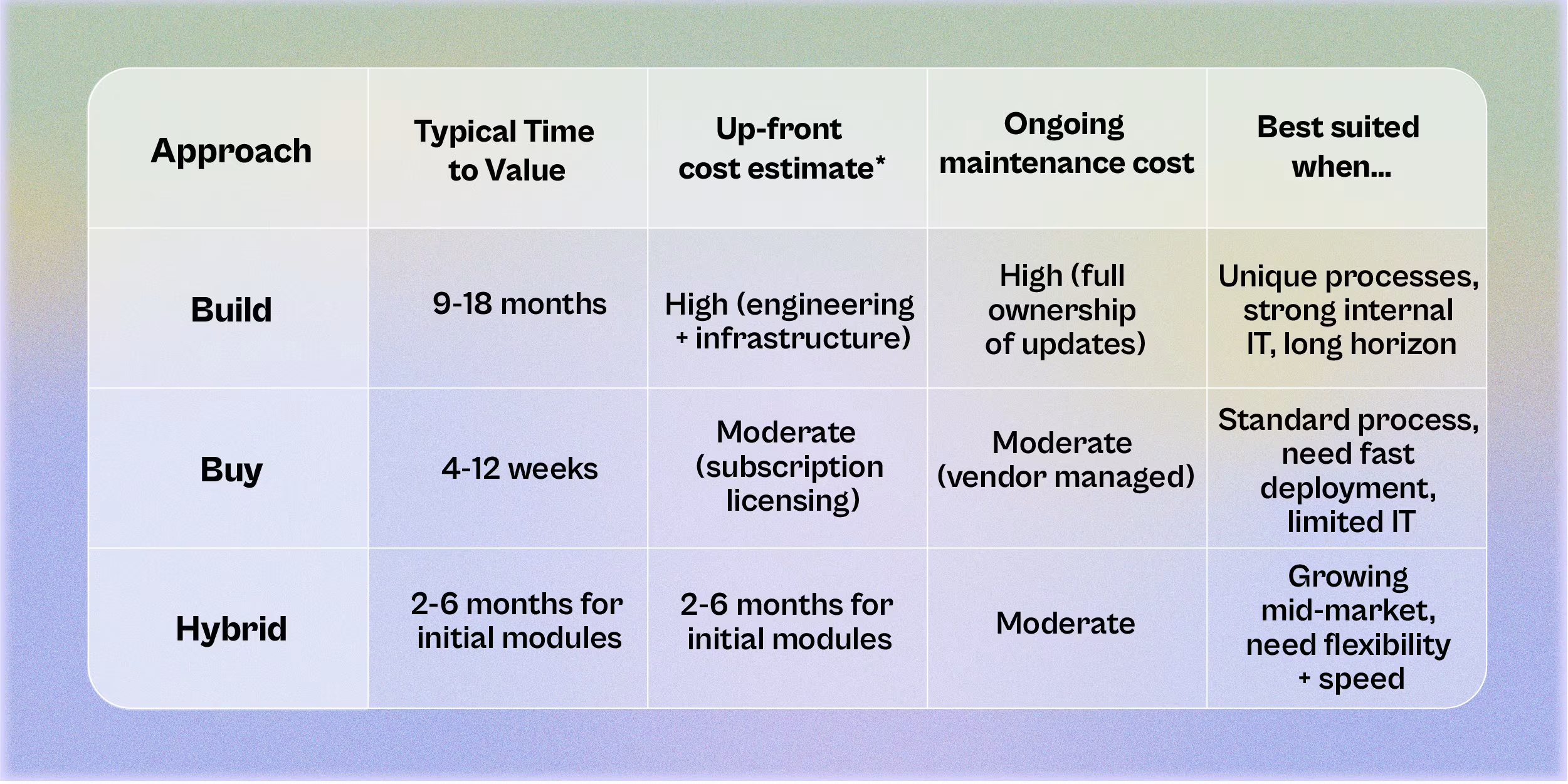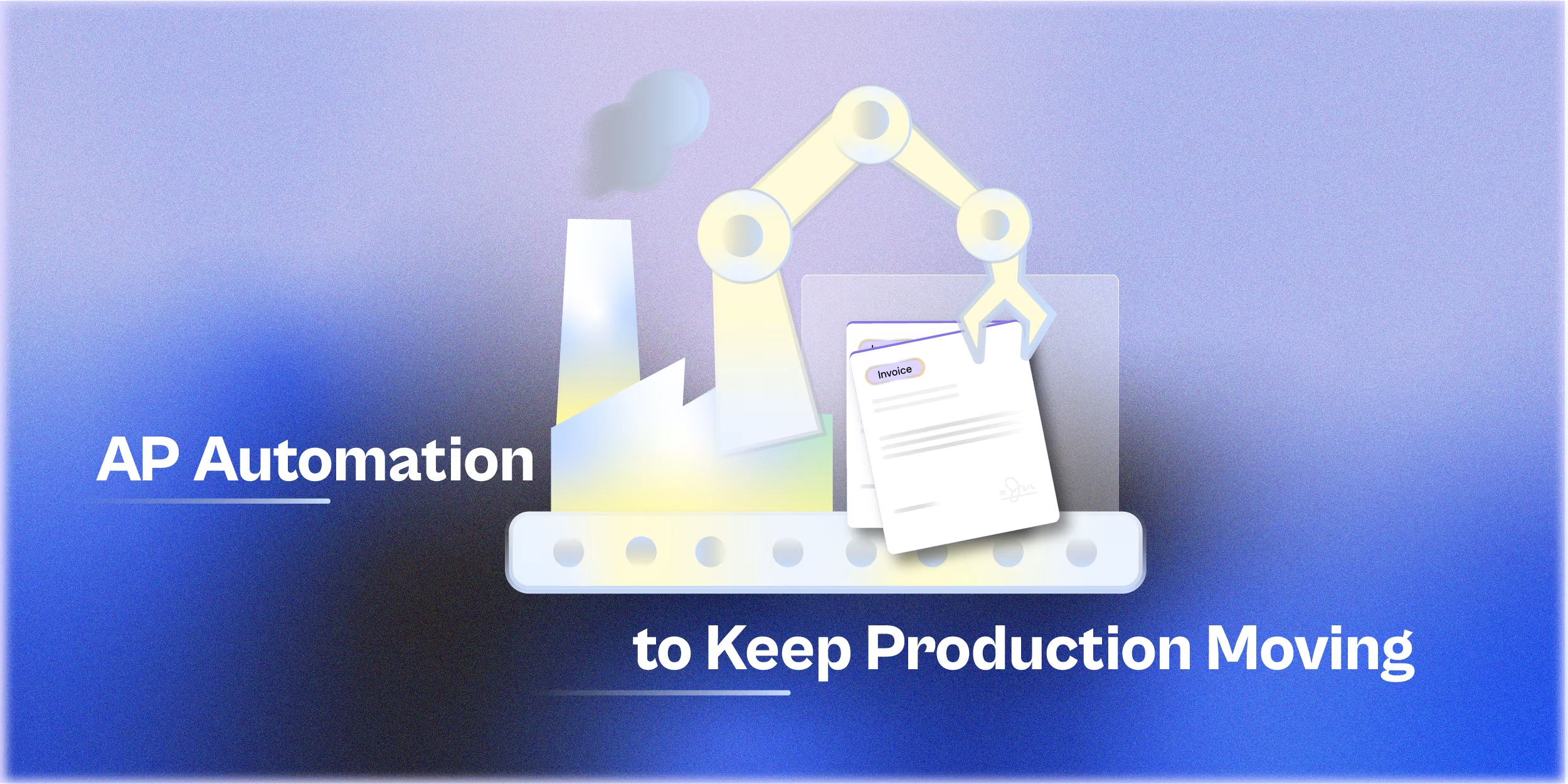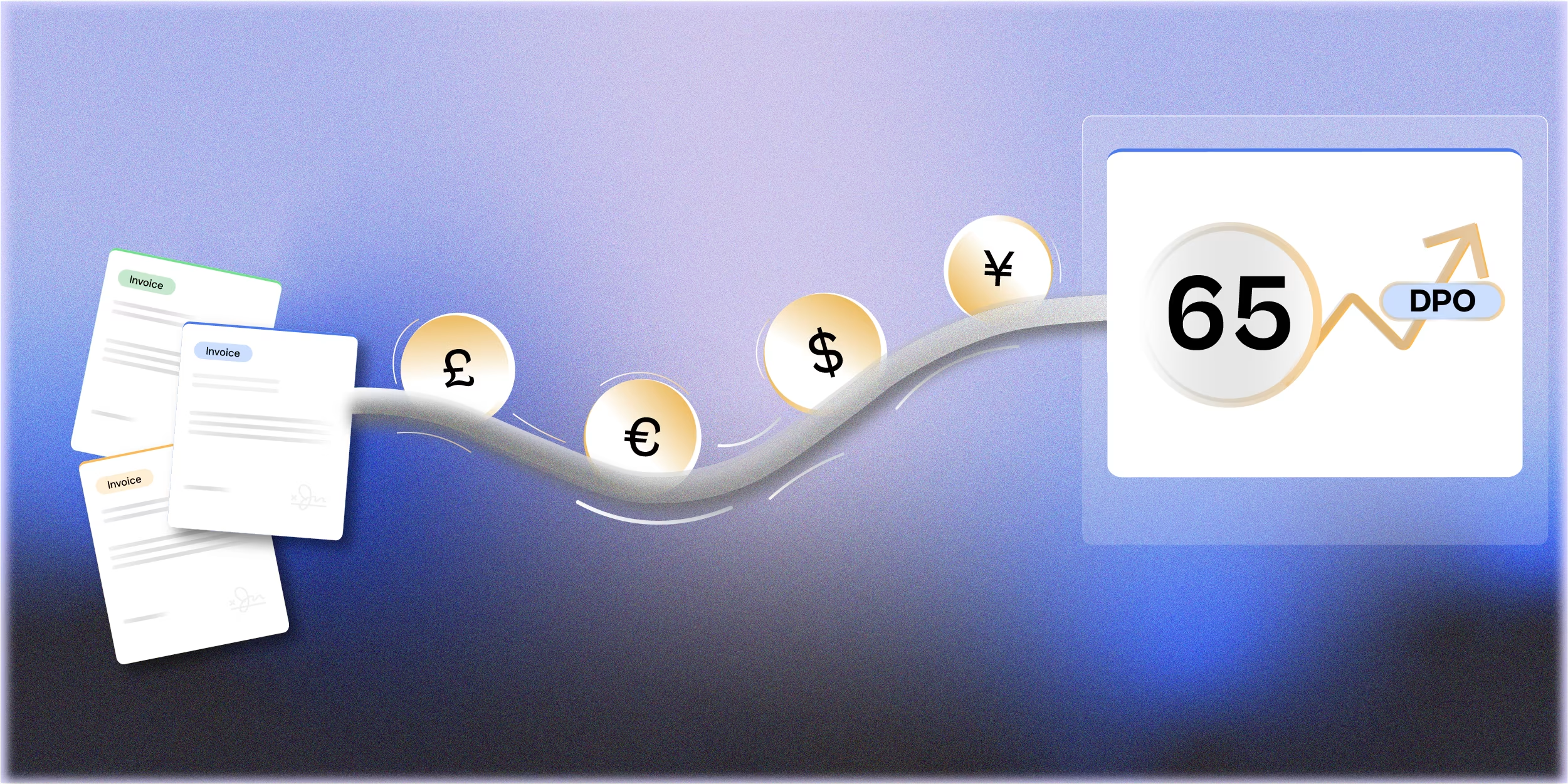Finance leaders know the pressure: you must scale operations, reduce manual workload, tighten controls and enable growth all while staying lean. Traditional monolithic ERP or legacy back‑office systems often slow things down: long implementation cycles, heavy maintenance and limited flexibility. Enter the concept of a “composable finance stack”, a modular architecture where best‑of‑breed components (for AP automation, treasury, payments, analytics) integrate via APIs and cloud services to deliver agility, scalability and control. In this context, the classic decision point arises: should you build your own stack, buy a commercial solution, or adopt a hybrid strategy? This article breaks down the options, assesses impact, provides benchmarks and gives CFO‑level takeaways.
What is a composable finance stack (and why it matters)
A composable finance stack means assembling your finance architecture from modular, interoperable components (often cloud‑native, API‑first) rather than relying on a single monolithic system.
Why this matters:
- Agility & scalability: You can add or replace modules (e.g., global payments, vendor onboarding, analytics) without replatforming the entire system.
- Best‑of‑breed capability: Rather than settling for a “jack‑of‑all‑things” monolith, you pick the best tool for each function.
- Cost control and growth readiness: Paying for modules you use, and better aligning with transaction volumes or entity growth.
- Risk mitigation and flexibility: Avoid vendor lock‑in and reduce the risk of having a single point of failure.
For finance teams focused on AP automation, treasury management and global payments, this architecture means you can integrate advanced payments rail, matching engines and real‑time dashboards without waiting 12‑18 months for a major ERP upgrade.
Build vs Buy vs Hybrid — The Strategic Options
Build (In‑House)
What it means: Your IT/finance team designs, implements and supports modules internally: e.g., custom invoice ingestion, approval workflows, payment rails.
Pros:
- Tailored to your exact business processes and unique use‑cases.
- Full control of data, architecture and roadmap.
- Potential competitive advantage if you build highly differentiated capability.
Cons:
- Large upfront investment in engineering, project management and maintenance.
- Time to value is often longer: months instead of weeks.
- Ongoing maintenance burden, risk of tech debt, staff turnover.
When this makes sense: When your process is truly unique, compliance/regulation‑heavy (finance, global entity complexity) and you have strong internal engineering capability.
Buy (Commercial Solution / SaaS)
What it means: You adopt a vendor‑provided AP automation or finance stack module (or suite) and integrate it into your ecosystem.
Pros:
- Faster time‑to‑value. For example, pre‑built SaaS modules can be up and running in weeks rather than months.
- Lower initial engineering burden; vendor takes responsibility for core updates, maintenance.
- Predictable cost model (subscription, usage‑based)
Cons:
- Less customization; you might accept “good enough” rather than perfect fit.
- Potential vendor lock‑in, limited control over roadmap.
- You might pay for features you don’t use.
When this makes sense: When speed, cost predictability and reliability matter; when the process is standard (invoice processing, payment runs) and scalability is key.
Hybrid (Build + Buy)
What it means: You buy core modules (standard functions) and build only where you need differentiation; or you start with buy and gradually build bespoke wrappers. This is increasingly described as the “third way” enabled by composable architecture.
Pros:
- Balance: you benefit from vendor speed and maturity while retaining control where it matters.
- Lower risk of full rebuild, lower cost than full build, more flexibility than full buy.
Cons:
- Requires strong architecture governance, integration discipline (you must glue modules well).
- Integration overhead and vendor + internal coordination.
When this makes sense: For most finance teams: you buy standard modules like vendor invoice automation, payments rails, analytics dashboards; you build custom wrapping logic, entity‑specific workflows, multi‑entity consolidations.
Strategic Implications for Mid‑Market Finance Teams
- Time to value matters. If you deploy a custom build and it takes 9‑12 months, the business may miss growth opportunities, working capital advantages or vendor discount opportunities now.
- Focus engineering where you differentiate. Prioritize building only the modules that meaningfully differentiate your finance function (e.g., multi‑entity consolidation, custom payment routing, dynamic discounting). Standard tasks (invoice capture, vendor onboarding) can often be bought.
- Ensure integration and governance. Composability thrives when architecture is clean: APIs, data models, master data governance. If you go hybrid, you’ll need internal standards and likely an iPaaS/middleware layer.
- Balance cost transparency and flexibility. Bought solutions may appear cheaper upfront but watch for hidden costs (subscriptions, upgrade fees, module add‑ons). Built solutions require headcount and maintenance costs.
- Plan for scale and global‑readiness. If your company plans to expand to multiple entities/countries, modular stacks allow you to scale specific modules (e.g., global payments) without full replatforming.
- Control vendor lock‑in risk. Buying may speed you up, but ensure you retain data ownership, integration portability and exit options.
ROI Benchmarks for Build vs Buy vs Hybrid

Key benchmark: If your build project delays exceed 12 months, the opportunity cost (lost vendor discounts, working capital savings, productivity) may outweigh the benefit of full customization. Use real ROI calculations: e.g., invoice processing cost reduction, finance headcount productivity, DPO improvement, vendor term improvement.
For companies focused on finance transformation, the era of monolithic systems is giving way to composable finance stacks. The critical choice is not simply build vs buy but how to craft the right stack that balances speed, flexibility, cost, control and scalability.
Book a demo with Finofo to see how a modular finance stack supports AP automation, global payments and treasury operations.







